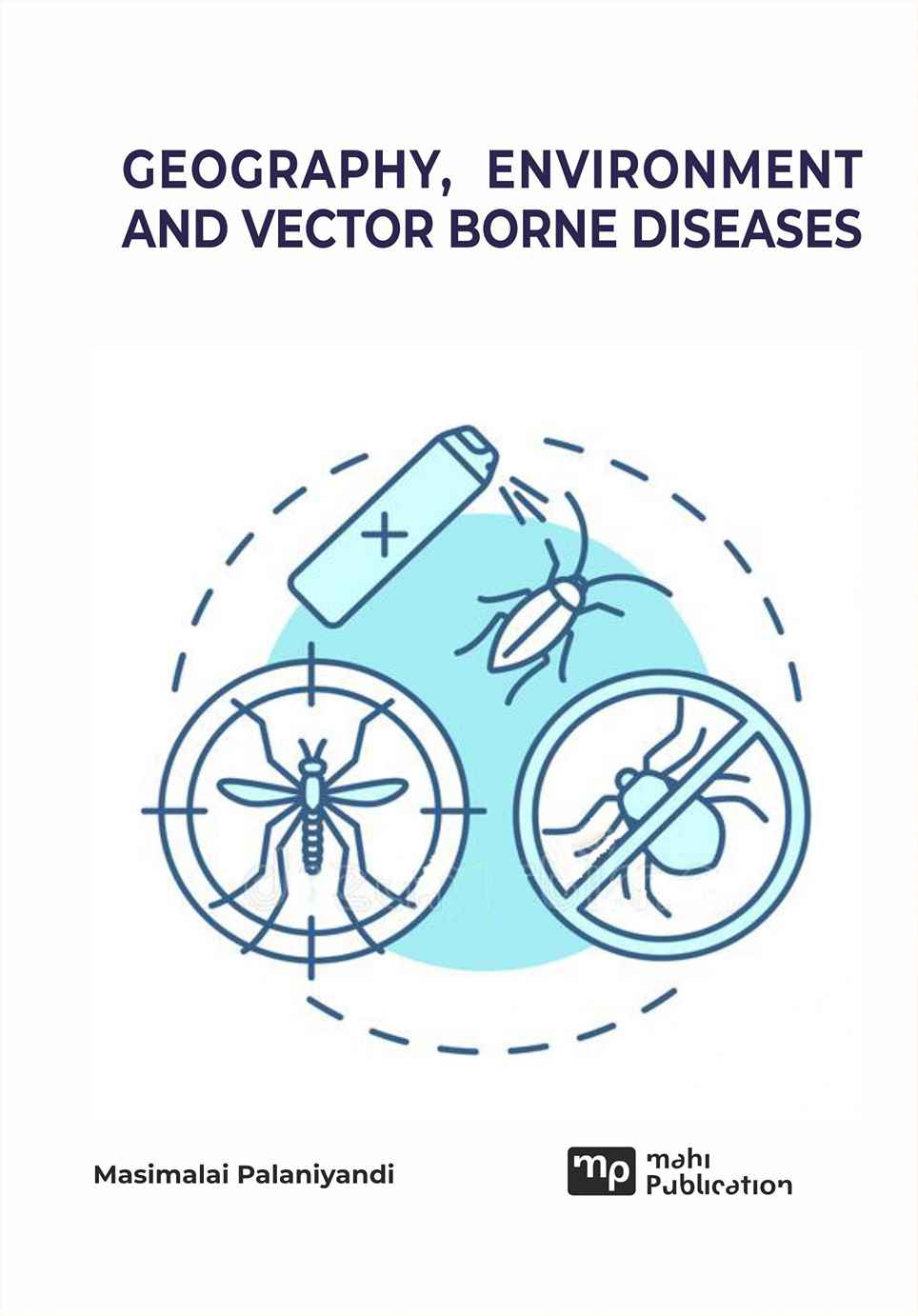Geography, Environment And Vector Borne Diseases
Authors:
Masimalai Palaniyandi,
Format: Paperback | Genre : Envrionmental Science | Other Book Detail
Format: Paperback | Genre : Envrionmental Science | Other Book Detail
fields in rainy and cold seasons (Palaniyandi M., et al., 2014, Sahu., et al., 1990.,
Wood, et al., 1992 and 1991). The study of effect of rice cultivation patterns on
malaria vector abundance in rice-growing villages in Mali, mosquito abundance is
highly variable across villages and seasons, the result provides the area of young
rice explained 86% of the inter-village variability in An. gambiae abundance in
August before the peak in malaria transmission (Diuk-Wasser., et al., 2007). The
surface areas of larval habitats of Anopheles vectors of human malaria were
associated with certain land cover types, of largely agricultural origin, and close to
streams (Mutuku, et al., 2009 . Water sources especially irrigation networks ) s are
affecting the magnitude and distribution of malaria and schistosomiasis,
significant correlations found between the diseases and the environmental
variables, proximity to snail breeding sites and irrigation networks and the highly
agricultural areas are identified as the most common factors that define the high
prevalence areas for schistosomiasis confirming the fact that conditions that
support the snail populations, and hence, the presence of the disease (Leonardo.,
et al., 2005). For malaria, the predictive models included temperature, humidity,
soil type, predominance of reproduction brush, presence of cultivated areas,
distance from deep wells and distance from conventional water source which are
in turn influenced by the factor of elevation (Leonardo, et al., 2005). The results of
the initial models, based on rice-field canopy development and proximity to blood
meal sources, and land cover mixture within buffers provide the basis for a more
sophisticated malaria vector population dynamics model (Robert K. Washino., et
al., 2014). In addition to these aquatic environmental factors, the spatial and
temporal patterns of Anopheline vector populations are strongly influenced by
elevation, temperature, precipitation, saturation deficiency, and relative humidity
(Palaniyandi M., et al., 2014, and 2013, Sharma, et al., 1996, and Dutta, H, et al, 1978).
Book Also Available On
Share:




